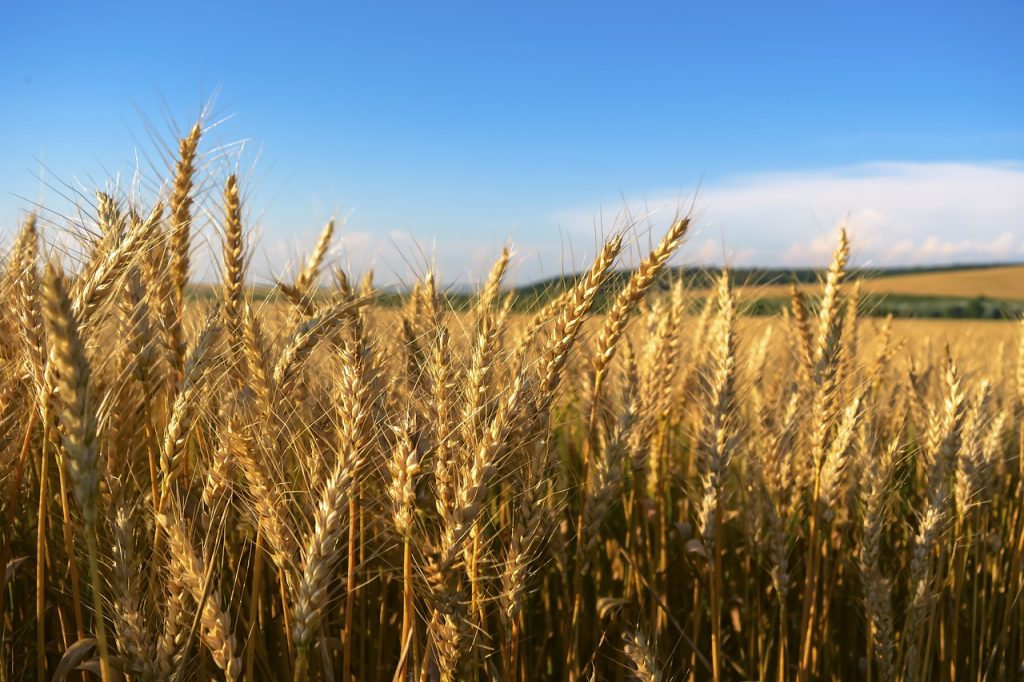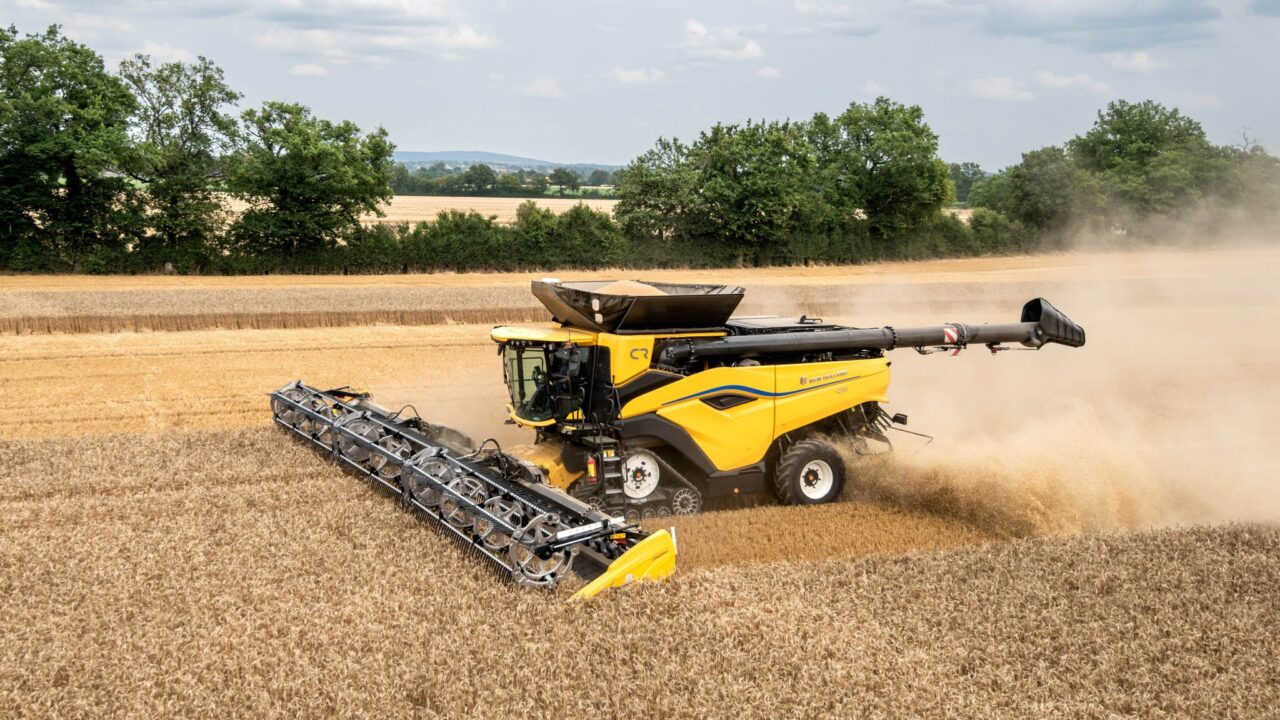The Department of Environment, Food and Rural Affairs (Defra) has confirmed that the total area dedicated to cereals in England has risen by 1.4% over the past 12 months.
The actual figure works out at 2.5 million hectares in 2025.
The area of wheat in England increased by 8.8% to 1.5 million hectares in 2025, halting a two-year decline attributed to generally better weather conditions when planting in the autumn compared to the previous year.
Meanwhile, the total English barley area decreased by 13% between 2024 and 2025 to 742,000ha.
Winter and spring barley sown crops both saw a decrease, with winter barley falling by 7.2% to 302,000ha and spring barley decreasing by 16% to 439,000ha.
The oats area in England increased by 9.4% to 162,000ha in 2025 and is similar to the peak area recorded in 2020.
Significantly, the oilseed rape area decreased by 18% to 204,000ha. This is the smallest area recorded since 1983 and continues the overall downward trend seen in the past decade.
Wheat
In regard to wheat, the 8.8% boost in cropping area recorded this year is the first increase in the wheat area in England since 2022.
But the figure is still lower than the area recorded that year.
The generally better weather conditions in autumn allowed drilling to proceed without major disruption and aided crop establishment.
All English regions saw an increase in wheat area. The largest proportional increase was in the North West, which saw a rise of 12%: year-on-year.

The Eastern region and the East Midlands together grow almost half of the wheat in the country, accounting for 28% and 20% of the total area respectively.
In the case of barley, wet weather during September 2024 impacted on the planting of crops.
Cereal production
According to Defra, the 2025 harvest began quickly – the earliest for almost 20 years. This was driven by a prolonged dry spring and warm summer temperatures.
But by late July, heavy rain disrupted the harvest and farmers struggled to resume. hindered by intermittent heavy rainfall that made the harvest stop-start in some regions.
Early indications show below average yields for winter wheat. Winter barley and oilseed are more encouraging, although this varies regionally.
Moisture levels and quality have been variable across crops with some reports of farmers cutting crops early at a higher moisture content to avoid any further harvest delays.

